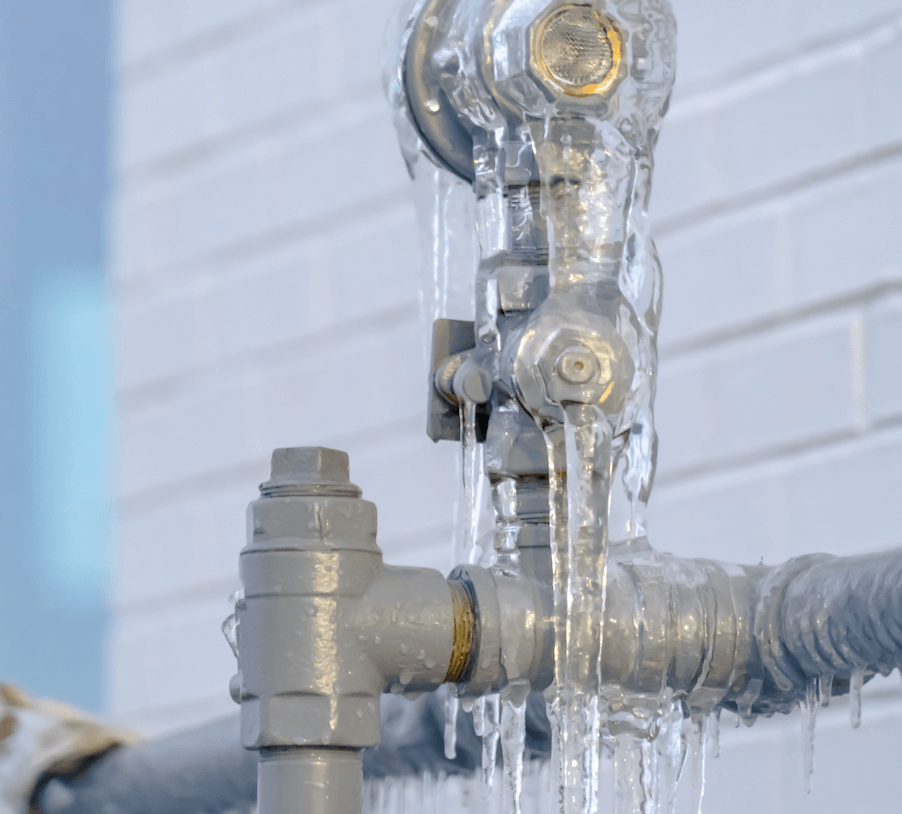Essential Methods for Avoiding Frozen Pipes in Winter
Essential Methods for Avoiding Frozen Pipes in Winter
Blog Article
We've stumbled upon this great article pertaining to How To Avoid Freezing Pipes below on the internet and thought it made perfect sense to talk about it with you over here.

Winter can damage your pipes, especially by freezing pipelines. Below's exactly how to avoid it from happening and what to do if it does.
Intro
As temperatures drop, the risk of frozen pipelines rises, potentially resulting in expensive repair services and water damages. Recognizing just how to avoid icy pipes is crucial for property owners in cool climates.
Understanding Frozen Pipes
What triggers pipes to ice up?
Pipes freeze when exposed to temperatures listed below 32 ° F (0 ° C) for prolonged periods. As water inside the pipelines ices up, it broadens, putting pressure on the pipe walls and potentially creating them to rupture.
Risks and problems
Frozen pipelines can cause water system interruptions, residential or commercial property damage, and costly repair services. Burst pipelines can flood homes and create substantial architectural damage.
Indicators of Frozen Pipeline
Determining icy pipelines early can stop them from bursting.
Exactly how to recognize icy pipes
Try to find decreased water flow from taps, uncommon odors or sounds from pipes, and visible frost on subjected pipes.
Prevention Tips
Insulating susceptible pipelines
Cover pipelines in insulation sleeves or utilize warmth tape to protect them from freezing temperatures. Focus on pipes in unheated or external locations of the home.
Home heating methods
Maintain interior rooms appropriately heated, specifically areas with plumbing. Open cabinet doors to enable warm air to flow around pipes under sinks.
Safeguarding Outside Plumbing
Garden hoses and outdoor taps
Detach and drain garden tubes before wintertime. Install frost-proof spigots or cover exterior taps with insulated caps.
What to Do If Your Pipes Freeze
Immediate actions to take
If you think icy pipelines, keep faucets available to relieve pressure as the ice melts. Make use of a hairdryer or towels soaked in hot water to thaw pipelines gradually.
Long-Term Solutions
Structural adjustments
Consider rerouting pipes away from exterior walls or unheated areas. Include additional insulation to attic rooms, basements, and crawl spaces.
Upgrading insulation
Purchase top quality insulation for pipelines, attic rooms, and wall surfaces. Proper insulation assists keep consistent temperature levels and reduces the danger of icy pipelines.
Conclusion
Avoiding frozen pipes requires proactive measures and fast actions. By recognizing the causes, signs, and safety nets, homeowners can shield their plumbing throughout cold weather.
5 Ways to Prevent Frozen Pipes
Drain Outdoor Faucets and Disconnect Hoses
First, close the shut-off valve that controls the flow of water in the pipe to your outdoor faucet. Then, head outside to disconnect and drain your hose and open the outdoor faucet to allow the water to completely drain out of the line. Turn off the faucet when done. Finally, head back to the shut-off valve and drain the remaining water inside the pipe into a bucket or container. Additionally, if you have a home irrigation system, you should consider hiring an expert to clear the system of water each year.
Insulate Pipes
One of the best and most cost-effective methods for preventing frozen water pipes is to wrap your pipes with insulation. This is especially important for areas in your home that aren’t exposed to heat, such as an attic. We suggest using foam sleeves, which can typically be found at your local hardware store.
Keep Heat Running at 65
Your pipes are located inside your walls, and the temperature there is much colder than the rest of the house. To prevent your pipes from freezing, The Insurance Information Institute suggests that you keep your home heated to at least 65 degrees, even when traveling. You may want to invest in smart devices that can keep an eye on the temperature in your home while you’re away.
Leave Water Dripping
Moving water — even a small trickle — can prevent ice from forming inside your pipes. When freezing temps are imminent, start a drip of water from all faucets that serve exposed pipes. Leaving a few faucets running will also help relieve pressure inside the pipes and help prevent a rupture if the water inside freezes.
Open Cupboard Doors
Warm your kitchen and bathroom pipes by opening cupboards and vanities. You should also leave your interior doors ajar to help warm air circulate evenly throughout your home.

Do you enjoy more info about Helpful Tips to Prevent Frozen Pipes this Winter? Create feedback directly below. We'd be delighted to hear your thinking about this write up. In hopes that you visit us again in the future. Sharing is caring. Helping others is fun. Thank you for being here. Kindly come by our website back soon.
At This Website Report this page